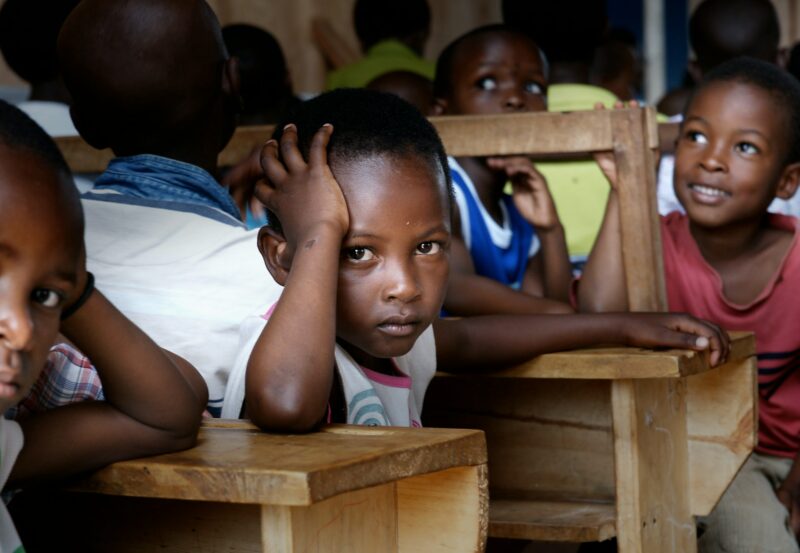The recent decision by the Trump administration, backed by Elon Musk, to suspend the activities of the United States Agency for International Development (USAID) marks a major shift in U.S. foreign aid policy. In Africa, where USAID has played a critical role in supporting private sector growth, this decision raises serious concerns. Before analyzing the economic consequences of this suspension, it is essential to understand the broader context of official development assistance (ODA) and its impact on Africa.
📌 Understanding Official Development Assistance (ODA) and Its Role in Africa
Official Development Assistance (ODA) refers to funding provided by governments or international institutions to support economic growth and stability in developing countries. This aid can take the form of grants, concessional loans, or technical assistance.
In 2022, global ODA reached $204 billion, a 13.6% increase from 2021 (source: OECD). Africa remains one of the largest beneficiaries, receiving about 35% of this aid, with significant funding directed toward infrastructure, education, and private sector support.
The top contributors to African ODA include:
- United States (USAID): $41 billion in 2021.
- European Union: $27 billion.
- China: $23 billion (mainly infrastructure-related investments).
USAID has distinguished itself by combining direct funding with capacity-building programs and private sector investment incentives through flagship initiatives like Power Africa and Prosper Africa.
🚨 The Impact of USAID’s Suspension on Private Sector Development in Africa
The closure of USAID disrupts key programs supporting small and medium-sized enterprises (SMEs), entrepreneurship, and economic infrastructure development. Three key areas are particularly affected: access to financing, technical support, and infrastructure development.
🔎 1. A Funding Crisis for African Businesses
USAID was a major player in financing African SMEs through mechanisms like the Development Credit Authority (DCA), which guaranteed bank loans for local entrepreneurs.
- In 2021, this program facilitated over $5 billion in loans for African businesses.
- With USAID’s suspension, access to capital for SMEs—especially in agriculture, renewable energy, and healthcare—will shrink significantly.
📍 Case Study: Nigeria
The Solar Power Naija program, supported by USAID under Power Africa, aimed to finance 5 million home solar systems to electrify rural areas. Its suspension jeopardizes energy access for over 25 million Nigerians (source: USAID).
🔎 2. Loss of Technical Support and Market Access
Beyond financial aid, USAID provided technical assistance to help businesses scale and access international markets.
📍 Case Study: West Africa
Through Prosper Africa, USAID facilitated $1.6 billion in investment deals, linking African businesses with U.S. markets (source: U.S. State Department). Without this assistance, many entrepreneurs risk losing critical international trade opportunities and financing options.
🔎 3. Disruption of Critical Infrastructure Projects
Private sector growth in Africa depends on modern infrastructure, including roads, electricity, ports, and telecommunications. USAID co-financed many of these projects.
📍 Case Study: Kenya
The Kenya Investment Mechanism, which aimed to mobilize $400 million for infrastructure projects, is now on hold. This delay will slow down rural electrification and road improvements critical for local trade (source: USAID Kenya).
📉 Possible Scenarios: What Lies Ahead for Africa’s Private Sector?
The shutdown of USAID creates uncertainty, but several outcomes are possible, depending on how other international actors respond.
1️⃣ Worst-Case Scenario: A Funding Vacuum Without Alternatives
If no organization steps in to fill the gap left by USAID, Africa could face:
- A decline in foreign direct investment (FDI).
- Higher SME failure rates due to lack of financing.
- Reduced trade with the U.S., weakening existing economic agreements.
Countries most at risk: Nigeria, Kenya, Ethiopia, Senegal, where USAID played a crucial economic role.
2️⃣ Transitional Scenario: The European Union and China Step In
With the U.S. pulling back, other players like the European Union and China might expand their influence. The EU has announced a €150 billion investment plan for Africa under its Global Gateway initiative, while China continues to invest heavily through its Belt and Road Initiative.
Sectors likely to benefit: Infrastructure, renewable energy, logistics.
Sectors at risk: Startups, SMEs, access to non-state financing.
3️⃣ Resilience Scenario: Africa Strengthens Its Own Financial Systems
USAID’s absence could push African governments to develop their own mechanisms for private sector financing, including:
- Greater involvement from regional African banks (e.g., BOAD, Afreximbank).
- Strengthening African sovereign wealth funds to replace external financing.
- Accelerating economic integration through the AfCFTA (African Continental Free Trade Area).
This scenario depends on African policymakers’ ability to implement strong economic reforms.
📜 Sources
- Organisation for Economic Co-operation and Development (OECD) – 2023 ODA Report.
- USAID – Power Africa Annual Report 2022.
- U.S. State Department – Prosper Africa data.
- World Bank – SME financing data for Africa.
- European Commission – Global Gateway Africa investment plan 2023.
- Afreximbank – 2023 Report on Trade Finance in Africa.
